Although the planting area increases or decreases every year, taro always occupies a fairly large area in the annual crop structure of Lap Vo district, Dong Thap province.
The taro growing area of Lap Vo district tends to increase every year, specifically: In 2008, the taro growing area was 268 hectares, in 2018 the area was 1,050 hectares, in 2021 the area was 1,178 hectares, in 2023 the area was 1,338 hectares.
Particularly in the 2023-2024 Winter-Spring crop, the taro growing area of Lap Vo district (Dong Thap province) is 595 hectares. In which, the taro growing area is mainly concentrated in communes along the Tien River such as: My An Hung A, My An Hung B, Tan My, Hoi An Dong.
It is known that taro was planted by farmers in the area nearly forty years ago. At that time, the taro area was not as large as it is today, but was mainly grown in the hilly land along Provincial Road 848 in An Ninh Hamlet, My An Hung A Commune and along DH 64 Road in An Quoi Hamlet, Hoi An Dong Commune along the Tien River.
Since that time, farmers in many communes in Lap Vo district have grown taro and kept the delicious taro variety to this day.
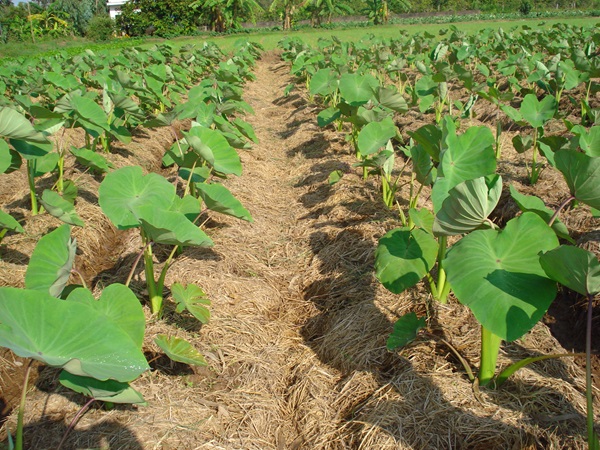
Taro is a staple crop, relatively easy to grow, and brings good income to farmers in many communes along the Tien River in Lap Vo district, Dong Thap province.
Through many years of growing taro, farmers in the region have gained production experience. In addition, they have been trained by experts on production processes and pest control measures, making production more favorable.
Currently in taro production, most farmers choose seed tubers (grade 2 or 3 tubers) from potato fields that are over five months old (old potato fields) and not infected with diseases.
Seed potatoes harvested from these fields will be brought back and stored in cool, dry places.
Before sowing taro seeds, the tubers are soaked in water or treated with pesticides to kill some remaining fungi on the tubers. The tubers are then removed and spread out in a cool place for about one to three days before sowing.
Because taro is a tuber plant, after sowing the seeds, farmers loosen the soil and make double beds, about 2m wide, 0.2m high, with drainage ditches dug in the middle of the beds.
After 12-14 days of incubation (when the taro tubers have 2 leaves), they are planted in the field with a distance of 1m between rows and 0.5 - 0.6m between plants, with a density of 2,000 to 2,400 bushes/cong (1,296 m 2 ).
After planting, taro is watered daily to help the plant recover and grow quickly. Along with watering, when the plant is 7-40 days old, every 7 days, water with fertilizer once, when the taro is over 45 days old.
When the taro plants have grown, there is no need to water and fertilize anymore, but you can switch to fertilizing around the base to reduce labor. Normally, fertilize once every 10 days, on average 6 times in a season to provide enough nutrients for the plants to grow and form tubers.
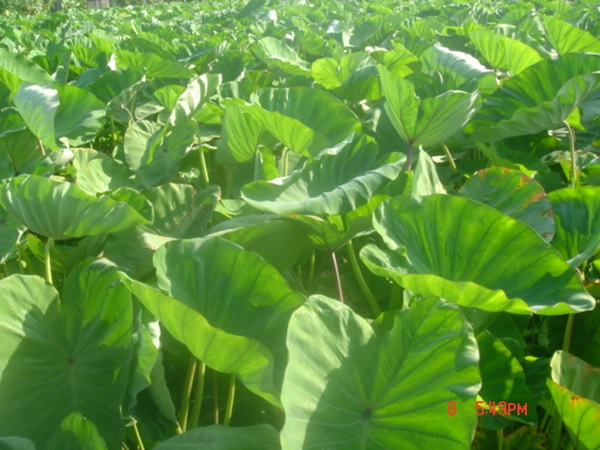
The taro fields are lush in Lap Vo district, Dong Thap province. The taro plants are planted along the Tien River, producing abundant tubers, the main tubers are sold by farmers at 23,000-25,000 VND/kg.
According to many farmers, the most common and important disease of taro is coin leaf spot (also known as leaf burn or tiger planthopper).
This disease has a great impact on the growth process, productivity, as well as production costs. Therefore, most farmers proactively apply comprehensive measures to manage the disease such as: Selecting disease-free seed tubers, making high and well-drained beds, planting potatoes at appropriate density and regularly monitoring the fields to detect the disease early, thereby having timely and effective prevention and treatment measures.
Thanks to a lot of experience in production, along with careful care, the taro fields planted in the 2023-2024 Winter-Spring crop along the Tien River in Lap Vo district (Dong Thap province) developed favorably.
As of February 19, 2024, about 15 hectares of taro have been harvested, the selling price of taro in the field is from 23,000 - 25,000 VND/kg (tuber), many farmers growing taro sell for over 30,000,000 VND/cong.
According to some taro farmers, in the 2023-2024 winter-spring crop, there are two important factors affecting production efficiency:
-First, the leaf spot disease has been effectively managed so that the potato fields grow well and give good yields. --Second, the price of taro is at a suitable level and is beneficial for production.
Taro grown in the winter-spring crop often gives high yield, so with the current selling price ranging from 23,000 - 25,000 VND/kg, the taro fields have been harvested and farmers have achieved relatively good results.
With the need for raw materials of taro to be processed into foods to meet human needs, it is hoped that the price of taro in the coming time will remain at a suitable level and be beneficial for farmers in production.
Source: https://danviet.vn/dan-dong-thap-trong-khoai-mon-ben-song-tien-cu-100g-chua-816mg-kali-nho-len-la-liet-cu-ngon-2024082617322648.htm



![[Photo] Binh Trieu 1 Bridge has been completed, raised by 1.1m, and will open to traffic at the end of November.](https://vphoto.vietnam.vn/thumb/1200x675/vietnam/resource/IMAGE/2025/10/2/a6549e2a3b5848a1ba76a1ded6141fae)




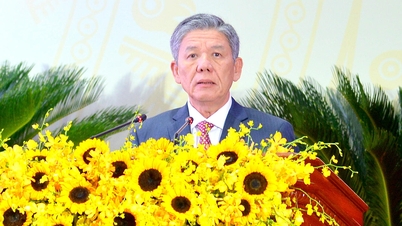



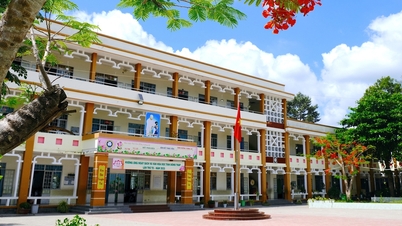




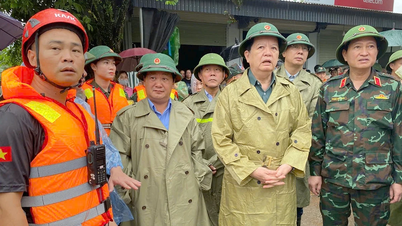

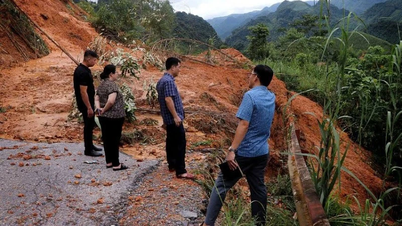
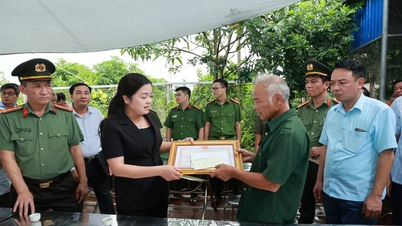
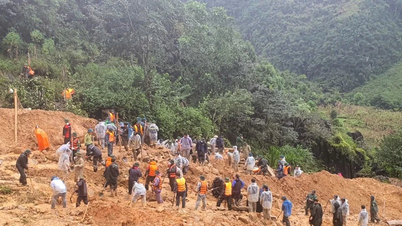

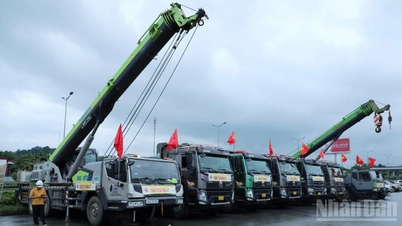









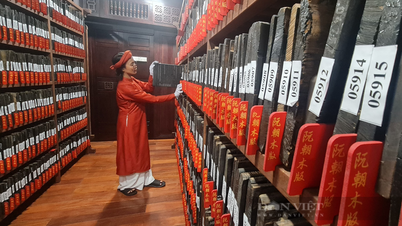



































































Comment (0)